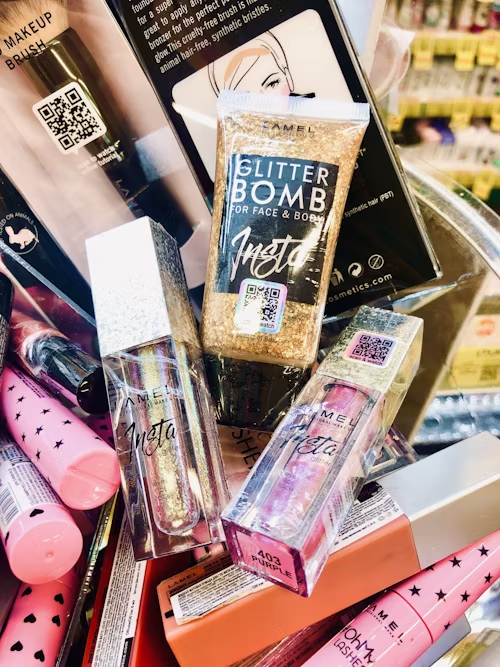Forget the Mall, Build Your Own Direct-to-Consumer Empire from Your Couch

Okay, let's dive right into the meat of things. If you, like me, have a penchant for skipping the fluff and diving straight into action, you’ll appreciate this no-BS guide on setting up a direct-to-consumer (DTC) marketplace. Especially now, in 2025, when everyone and their grandma is looking to sell online. You've got vintage lovers, kitchen gadget freaks, and all those niche markets in between. So, how do you tap into this goldmine without losing your shirt? Buckle up, because I'm about to show you.
The Blueprint to Launching Your DTC Marketplace
Ever wanted to sell home and kitchen essentials or perhaps curate a selection of personalized gifts? Here’s how I tackled the beast of e-commerce and how you can do the same—without pulling out too much hair.
First thing's first, identify your niche. Maybe it's those quirky vintage and thrift shop finds or maybe it's something as unique as handcrafted, personalized gifts. Whatever floats your boat, there's a market for it. And remember, specificity is key. You don’t want to be all over the place like my attempts at cooking a five-course meal.
Next up, get your tech right. As someone who’s breathed code and design before my morning coffee for the past decade, I can’t emphasize enough the importance of a solid platform. Don’t skimp on this part; a wonky site is like a bad handshake—no one wants that.
Choosing the Right Vendors: Don't Get Played
When you're setting up a multivendor marketplace, the game is all about diversity and quality. I've seen too many promising markets crash and burn because they partnered with vendors who couldn't tell a quality product from a hole in the ground.
Here’s a quick hit list of vendor vetting tips:
Must-Check Vendor Vetting List
- Background checks are a must – if they’ve made more waves than a Pollock painting, steer clear.
- Product quality – get samples, because no one likes a catfish.
- Reliability – Are they the type that’ll bail when the going gets tough? Make sure they're in it for the long haul.
- Customer feedback – If their current customers would rather kiss a wookie, you probably don’t want them.
- Sustainability – Because, let’s face it, being eco-friendly is no longer just 'nice to have'.
And a pro tip: keep communication lines as open as a 24/7 diner. The last thing you want is to be ghosted by a vendor when orders are piling up.
Here's the kicker, though—the real magic happens when you align your marketplace's mission with your vendors. That's when you see growth that's not just about profit, but about building a community.To Infinity and Beyond: Scaling Your Marketplace
Scaling is the beast you need to tame after setting up your DTC marketplace. It's like teaching my daughter chess; start with the basics then gradually move to the complex stuff.
Automation is your friend here. Invest in systems that handle the boring stuff like inventory management and customer service—AI has come a long way since my Air Force days. And don’t forget about SEO and marketing. If you’re not seen, you don’t exist. It’s harsh but true.
And then, keep an eye on analytics. They’re like the GPS for your marketplace, telling you when to pivot, accelerate, or slam the brakes.
In my experience, success in the DTC space isn’t just about selling—it’s about creating a seamless experience that makes customers come back for more, not because they need to, but because they want to.So, what niche are you thinking of cracking into? Got a game plan, or still figuring it out? Hit me up in the comments—I’m all ears!










